https://www.youtube.com/watch?v=txJiZYraM40
How To Fix A Leaking Outdoor Faucet _ Easy DIY Fix!
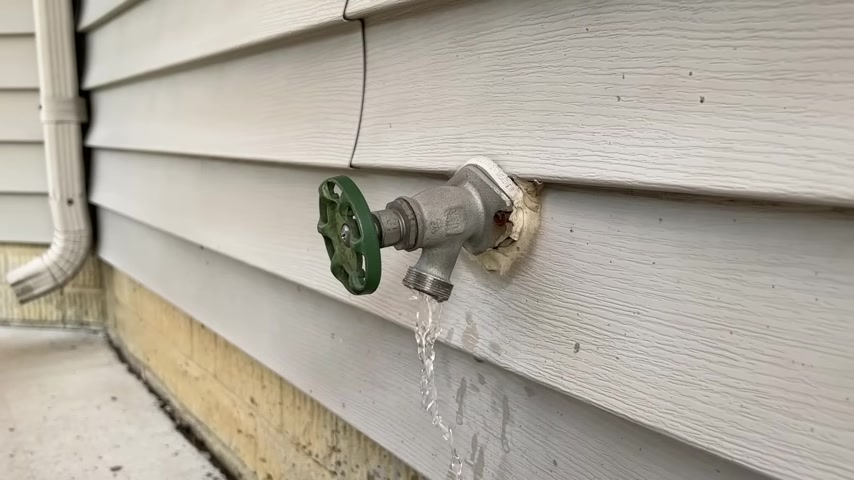
So we're out at my outdoor faucet or also known as a spigot and it continues to drip no matter how much I turn the faucet handle .
Now , this is an extremely common problem , but it has a very easy solution .
So , stick with me for a couple of minutes .
Don't call that plumber quite yet .
And let's get this fixed for you and save you some time and money .
And don't worry if your faucet doesn't look exactly like mine for this specific issue where your faucet keeps dripping or has a continual water leak , that's going to be the same solution for something like this , which is more common in my area where you have that circular anti siphon valve on top or if you're in the warmer states and have a simple spigot like this , the solution to your problem is the same , the design and it comes down to one component that actually is serviceable and will wear out over time .
Make sure you turn your main water shut off to the off position .

And then usually I'd be draining down the water at the lowest faucet in my home , which would be in the basement but since we're outside , no big deal , then I want to have some type of chain locks or slip lock , pliers to hold on to the body of the spigot .
And then I'm going to use a crescent wrench to loosen what's called the bonnet nut .
Why I'm doing ?
This is while I turn the bonnet nut , I do not want to rotate , apply pressure inside which would be on my plumbing .
So if that's copper lines or something that does not rotate , that could cause damage inside , so make sure you have a good hold on the actual body of your spigot in general .
Then as you loosen up your bonnet , that is going to be unseating your seal .
So that's going to open your valve and then drain out that water .
Now , why wait for the rest of this water to drain out ?
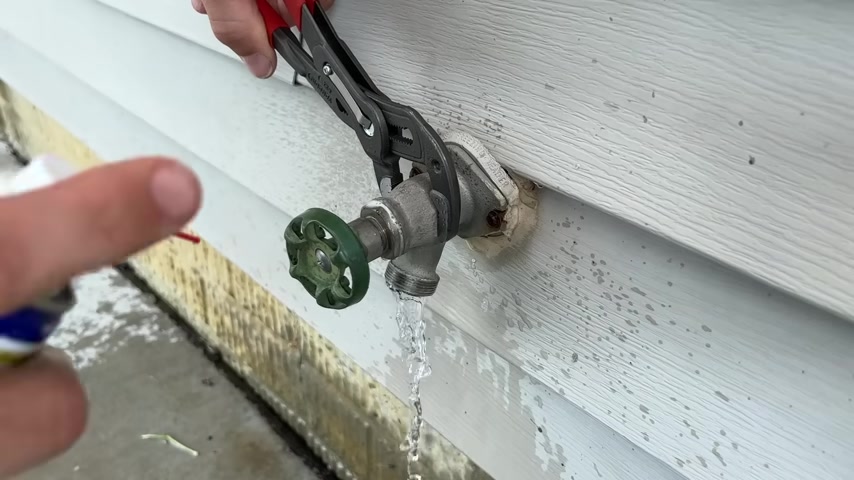
Don't forget if you have some mineral deposits or corrosion spraying some W D 40 on those threads .
And since it's a penetrating oil , you really want to let that kind of penetrate through for 5 to 10 minutes and then come back through and try to loosen that bond and that could help you where you're not really having to apply too much torque on this bot nut and avoiding any issues or damage , then we'll go ahead and loosen that the rest of the way .
Now , you might find a plastic gasket which I just have parts of remaining here , but that might pop out as well depending on how long it's been since that portion has been removed .
Now , you pull your stem all the way out and since this is a frost proof spigot , it has a 12 inch stem .
So the item that we're going to need to inspect and replace is all the way at the end of your stem .
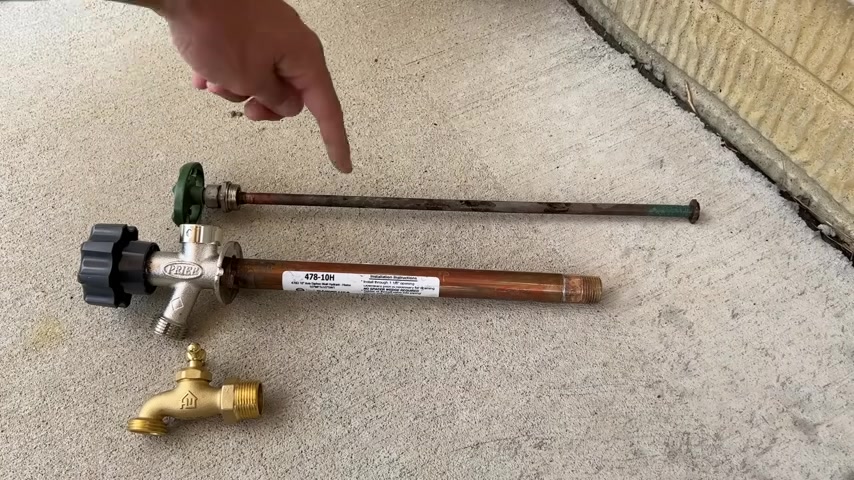
And I just wanted to give you a comparison since this was a 12 inch frost proof spigot compared to this is a 10 inch .
You can see it's a little shorter and the stem would actually end right here .
That is where the water is being turned on or off .
So when it is off , especially since it has an anti siphon valve , it allows the water to drain out just as long .
There's a slight tilt to your installation , the water will drain out and then you will avoid any freezing issues since the actual seat and water is inside your house and is in the conditioned space .
And that's why I said if you have one of these , that's usually going to be in the warmer states because right where you're connecting up , your hose is actually also the short stem and seal and I'll open that up just to show you how short this actually is .
So there's an example , right ?
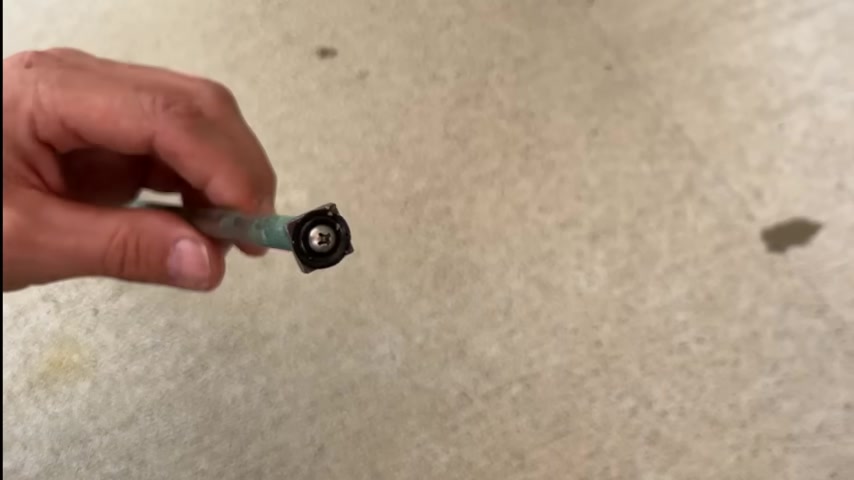
So here's our ceiling surface that is going to see right within the valve body itself .
And that's compared to the ceiling surface being either 10 inches or 12 inches into your home to try to avoid any issues where you'd have freezing copper pipes that are breaking open and then a water leak in your basement or crawl space .
So the surface flat o ring that we're really looking at is right on the end of your stem .
So you can inspect that for damage where I do see some cracks and chips and that is where the source of your dripping or leak will come from .
So you can just hold the stem with your channel locks or slip joint pliers like this .
And then with the Phillips head screwdriver , we're just going to undo that screw so we can remove the flat washer .
And then because I want to keep this as a reference , I do use a utility knife and I try to pop it off the stem without damaging it .
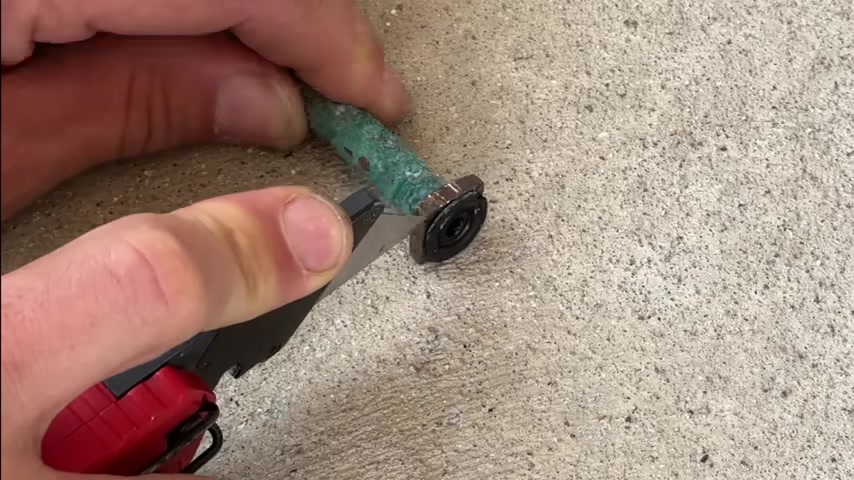
So I can keep the original diameter as my reference .
And although these flat washers start off completely flat , you can see over time being turned on or off , they get grooves , you get chips out of them like this and that can be the source of your leak .
And the more you tighten them down , especially if they have a crack , they will actually open up more .
So the leak sometimes gets worse , the more you turn that handle .
So now all we need to do is size up a flat washer that will serve as a replacement now , I just got a pack of 10 different sizes of flat washers and then I just keep that with me , which has yet to not solve my issue .
I usually always have a size that I can use and match up to my old one .
Now , if we look at the original one , it has a little bit of a lip on it which actually shows that it was probably mis sized originally .
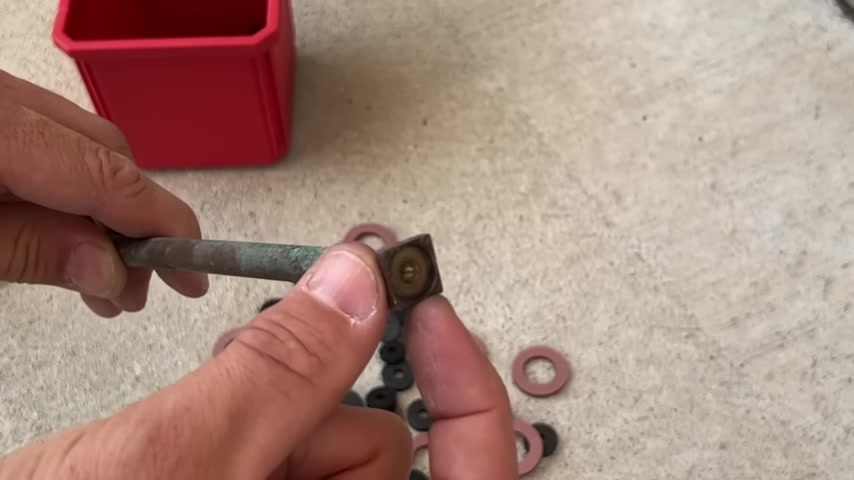
So I'm going to get a flat washer that actually fits within this group .
So if you don't get the assortment pack , which you will see a link in the description for five or 10 bucks , it's kind of a no brainer if you're doing maintenance around the house to just have that on hand , but take your stem and your old flat washer to the hardware store to make sure you get the right size for your project , just keep trying until we fit .
So this one should work for us .
We have that rubber flat surface that's going to press against the seat of the valve body and that should give us a nice tight seal and solve our problem .
You do not have to over tighten this , but you just want to make sure it securely holds that flat washer in place .
There we go .
So let's reinstall and see if that fixes our issue .
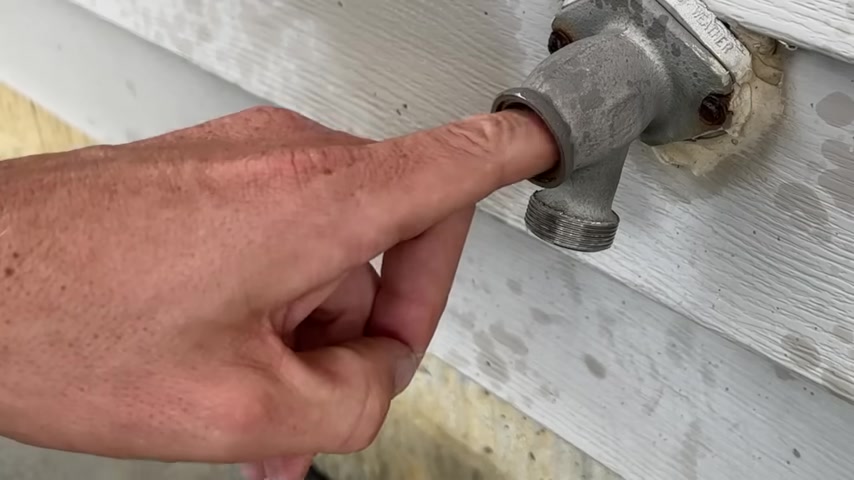
So I would clean out these threads and just make sure you don't have any debris and also I had that small plastic washer here on the surface .
I do not have a replacement for that .
So I just placed a little Teflon tape on those threads as I'm not expecting them to leak .
But that will be a way for us to avoid any issues .
And then using our crescent wrench , holding the valve body will tighten everything down .
So with the water back on , we'll go ahead and turn things on and see if we can stop that dripping .
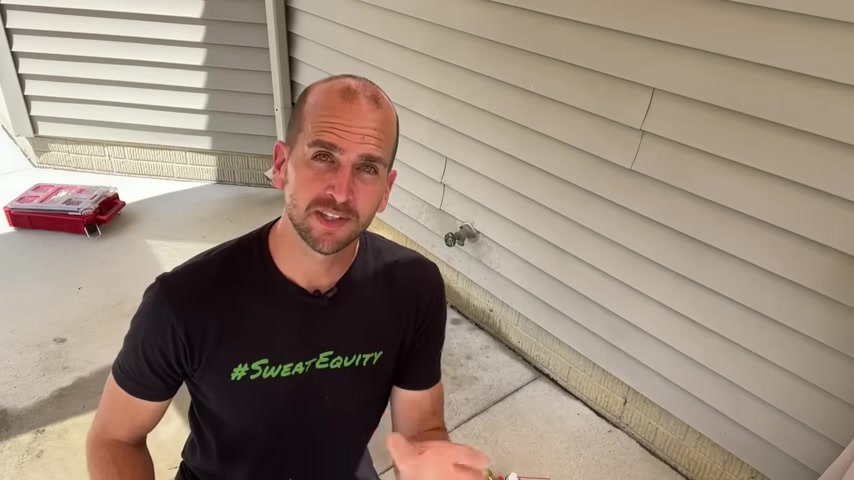
You always have about 30 to 60 seconds of drip , especially when you have that 12 inch frost proof because you have that little bit of water that's still draining out .
Now , hopefully that fix your water leak , but there can be other issues when it comes out to our spigots .
If you have a design more like this , I have a couple of videos to help you .
If you have a link at the anti siphon valve , check out this video right here .
If you have a link behind the handle , that would be this video right over here or if you just want to start fresh and get a full new outdoor spigot installed .
Check out this video right here which will walk you through the full process .
So thanks for joining me on this video and we'll catch you on that next one .
Take care .
Are you looking for a way to reach a wider audience and get more views on your videos?
Our innovative video to text transcribing service can help you do just that.
We provide accurate transcriptions of your videos along with visual content that will help you attract new viewers and keep them engaged. Plus, our data analytics and ad campaign tools can help you monetize your content and maximize your revenue.
Let's partner up and take your video content to the next level!
Contact us today to learn more.